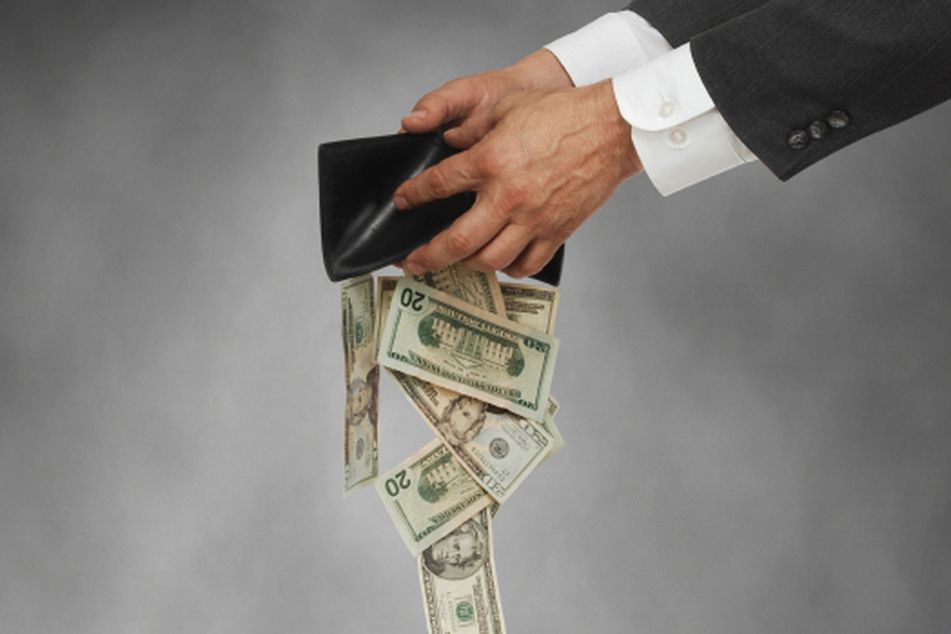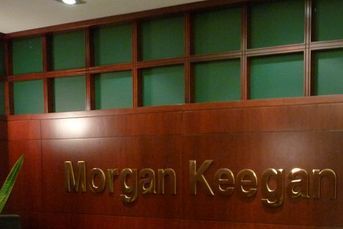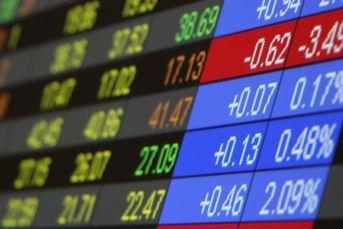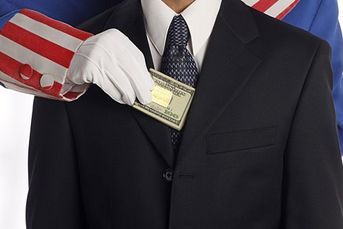CFPB says students victimized by ‘subprime-style’ lending

Findings reveal that students were yet another group of consumers that were hurt by the boom and bust, said CFPB director Richard Cordray
Students grew indebted and went into default at the hands of a “subprime-style” private loan market that contracted amid the 2008 financial crisis, a U.S. government report issued today concluded.
“Our findings reveal that students were yet another group of consumers that were hurt by the boom and bust,” Richard Cordray, director of the Consumer Financial Protection Bureau, said in an e-mailed statement. “Too many student loan borrowers are struggling to pay off private student loans that they did not understand and cannot afford.”
Education Secretary Arne Duncan, whose department co-wrote the study, urged students to make federal loans their “first option” to pay for college.
“Subprime-style lending went to college and now students are paying the price,” Duncan said in the statement. “We still have some work to do to ensure that students who take out private student loans have the same kinds of protections offered by federal loans.”
Private loans can have higher interest rates and lack the same protections as federal loans, including fixed rates, deferments and income-based repayment programs. They represent about 15 percent of the $1 trillion educational debt load.
The CFPB was created by the 2010 Dodd-Frank Act to protect them consumer from abuses related to financial products including student loans, mortgages and credit cards. The act required it and the Education Department to report on the private loan industry one year after the CFPB officially started work on July 21, 2011.
Congressional Action
Cordray recommended that Congress require schools to certify that private loans being offered do not exceed the borrower’s need and that it reconsider a 2005 law that made it harder to discharge student debt in bankruptcy. He also called for better publicly available data on private loans.
In a conference call with reporters, Cordray declined to specify what the CFPB might do with its authority under the Dodd-Frank law to regulate private loan terms.
Duncan made similar recommendations in the report. He also suggested Congress require schools to determine whether students exhaust their eligibility for federal loans, which often have lower interest rates, before resorting to private lenders.
The American Securitization Forum, a New York-based lobby group for the industry, said it would oppose changes to bankruptcy law, which could reduce the value of securities backed by student loans.
Inhibiting Lending
“Such action would eliminate educational opportunities for a broad swath of borrowers, as lenders would be less willing to offer loans, thereby curtailing credit availability,” its head, Tom Deutsch, said in a statement.
The report found no evidence that the contrary was true. The 2005 change, which created a high legal standard for discharging student debt in bankruptcy, didn’t lead to cheaper or more available loans, the report states.
President Barack Obama’s administration has highlighted student lending issues as college-bound Americans grapple with the rising cost of a higher education. Earlier this year, the CFPB and the Education Department created a model form for outlining the costs to attend college, explaining the difference between loans that have to be repaid and grants that don’t.
Easy Credit
The report outlines a pre-crisis cycle that resembles the one from which the housing market is still recovering. Pushed by demand for asset-backed securities, many lenders made profits by originating and selling private student loans with declining regard for the borrowers’ creditworthiness.
The market for private loans rose from $5 billion in 2001 to more than $20 billion in 2008 before shrinking to less than $6 billion in 2011, by which time many investors had pulled out of the market.
Using data from lenders and other sources, the agencies found that students now owe $864 billion in federal loans and about $150 billion to private lenders. Students are in default on more than $8.1 billion, representing 850,000 distinct loans.
Richard Hunt, head of the Washington-based Consumer Bankers Association, which represents lenders, said companies see student loans as a part of the retail business, which is focusing on building deeper relationships with customers.
Borrower Preference
“Some people would rather deal with their bank than the federal government,” Hunt said in an interview. “They do all their other banking there like auto or mortgage, and they can do student lending too.”
Hunt said the report should also have considered the impact of federal student loans, which constitute most of the market. “The report does not provide a complete, clear and objective analysis of the student lending market,” he said in an e-mail.
Critics of the private lending business don’t dispute the need for it, since federal loans can’t cover the rising cost of a higher education. They do emphasize the need for students to use all of their federal options before getting private loans.
“It’s like taking a subprime mortgage if you qualify for a prime loan,” Pauline Abernathy, vice president at The Institute for College Access and Success, an advocacy group. “There’s no reason to do it.”
Senate Bill
Senators Richard Durbin and Tom Harkin, Democrats from Illinois and Iowa, respectively, introduced a bill in March that would require colleges to counsel students about taking out the maximum in federal loans before taking out private educational debt.
About 30 lenders are issuing private loans today. Among the largest are SLM Corp., better known as Sallie Mae; Wells Fargo & Co.; and Discover Financial Services, according to the consumer bankers group.
“Some banks have exited, some have stayed. Very, very few have entered,” said Hunt. “But the ones that have stayed have seen a good retention rate and a slight increase in the portfolio.”
Private loans offer mostly variable rates that can be more than twice what some people pay in the federal program. The rate for unsubsidized Stafford loans for undergraduates is 6.8 percent. Several private lenders have introduced fixed-rate student loans.
In addition to banks, some quasi-state agencies can issue private loans, including the Iowa Student Loan Liquidity Corp., the Rhode Island Student Loan Authority and the South Carolina Student Loan Corp. Many of those nonprofit agencies offer fixed- rate loans.
–Bloomberg News–
Learn more about reprints and licensing for this article.







